We all have simple goals for our business. We can define those simple goals as sales. We try to do every possible thing in our hands to reach that one right customer in our surroundings. Back in the day, we used to go to every house and try to sell our products. Some decades later, we started to advertise in newspapers and billboards to reach that one perfect customer.
But in today’s age, we use digital platforms to reach our target customer. Therefore, even after knowing the ABC of the digital platforms, we still would need to dive in deep at the time of execution. This is where SEO comes to our rescue. It helps us reach our perfect customer in the best possible way. It is a no brainer that our website design plays a huge and essential role in gluing the audience to our website.
Beneath, we will discuss how an SEO-friendly website can prove to be more useful compared to a website that is not SEO optimized, and how two digital aspects like SEO and Graphic and Web Design can intertwine with each other and help us reach our target audience in real-time.
Generally, search engines like Google and Bing have web crawlers, who go through our web pages to analyze and sort our content. They understand our content through keywords as the users type in. They surely have limitations of language and jargon, but it does a fair enough job.
We, as a layman user, do not consider SEO too high in the form of conversion, due to a lack of technical understandings and other web-related issues. However, as a service provider, we understand SEO, as a medium between users and we, providers, who help us, identify the user queries to provide them with the best possible solutions. It helps generate leads through the website, which in turn helps us in earning more profits. An SEO-friendly website is carefully designed, keeping in mind the needs of the users as well as web crawlers. The language and tonality of content along with its interface, is taken care of. It is designed in such a way, that it is easily understandable by the web crawlers, as it would make it easy for them to index and show the required results. Every component on the website plays a substantial role in defining the services. It should reflect our offline services well, as it is considered as an online office build for our online audience. It gets equally essential to develop an online website as it is essential to have the right interior office representing our services in the best possible manner. Following are the few points the designer needs to consider to enhance the SEO of the website:
1. Domain name
Your domain name should be crisp and clear. It can be funky but not extreme. It should define your purpose as well as services. It is not necessary to include all your keywords in the domain name itself. Leave the keywords for content and use precise words that are needed. For example, Survey monkey website for conducting online surveys. The name itself defines its service as well as gives a funky and funny touch to it.
2. Hosting
A lot of people are fooled these days by cheaper rates of the server and end up with a slow website. First of all, you need to know your business in and out before jumping to take up a website. This will help you understand your requirements while purchasing the hosting plans. If you are providing E-commerce services and you end up making a plan which does not support E-commerce integration, then it would turn wrong. It is essential to design a website following the requirements and then host it on a platform that supports it technically without any harm.
The design of your website matters as much as the quality of the content you put on display. When you have to choose between content and the UI of your website, it is a sensible decision to go for valuable and in-depth content — but also taking a micro look at the design scenario. When you compare your website with your competitors, you will notice how the presentation of the same content makes a difference for them. And hence, it is safe to say that the way you present your content to your audience makes you stand out on the market. Depending on the type of your website, you need to figure out the hosting that you need. The server space, the bandwidth, and other server parameters play an important role in how your website will function.
3. User Interface v/s User Experience
Many of the significant SEO metrics are directly affected by the structure and overall experience of the user on your web page. If the navigational structure is well segregated and concise, the user won’t have to hassle through multiple web pages. Instead, it would help them invest their time on your content in a better way and make good use of it. As opposed to the scenario, when the website has unfortunate navigation scenarios and undefined sitemap, the user is frustrated in the first few seconds and ends up hitting alt+F4.
We definitely won’t like it to happen after such a hard word. It is necessary to make a smooth and user-friendly interface to give your users a shaven user experience while surfing your website. The website should be designed following the requirements of your target audience as well as web crawlers to justify their time on your platform.
The following parameters can be considered while designing the web page:
• Limit the number of objects on the first page.
• Keep the home page or landing page aesthetically pleasing
• Limit the number of redirects on the website
• Keep the main menu visible and comfortable to access
• Add a search bar to help the user find the relevant information
• Make sure that the URLs are clear and concise for each page
• Instead of displaying the https links, try using a descriptive text
• Hyperlink the web pages on your website.
• Create websites that are user-friendly and intuitive.
4. Redirection
When a prospect visits your website and finds a broken link, there are 100 percent chances of him or her not returning to your website again. It is one significant factor to be considered while maintaining the website. This ignorance leads to dismissing of the prospective customer from becoming a regular customer. Ensure that all the web pages are correctly working; all the navigations lead to the correct page and all the audience land up to similar pages. In case of broken links, make it a priority to fix them immediately and redirect the user to another page. The following parameters have to be considered for redirection purposes:
• Avoid using generic designed pages for your website
• Be creative and design your own 404 page that is interesting enough and works as an attention grabber.
• You can also add another search bar on the 404 pages, giving your users another opportunity to go through your website.
• List down the critical pages on 404-page display, to encourage the visitor to have a look at them before leaving the website.
5. Images, Image Size, and Alternative Text
It is essential to showcase a vital message through an image format. The image should be high resolution for clarity purpose but should also be compressed, keeping in mind the loading speed of the web page. A small image with proper resolution works the best in most scenarios. In the case of audio and video media, it is advisable to use an appropriate media compressor that reduces the size of the file without losing the quality of the data. Here, are some of the essential things that you should consider for web page images:
• Instead of giving a generic name to images, use relevant keywords as the nomenclature of the images. Crawlers also pay attention to the keywords that are used for the images.
• You can also use an alternative description for the image that includes the keyword. This trick will help the keywords to get listed in the results even when the user searches for images only.
• Reduce server load as much as possible by using compressing software.
6. Loading Speed
When we put a high-resolution media on a slow server, our website will naturally take longer time to load. This encourages the user to move on to the next. The ideal time for loading a website is one second. Following points can help you decrease the loading time:
• Minimize your CSS and JavaScript files.
• Trim down unnecessary files and codes.
• Always use the best web hosting providers that have a high in-built server.
• Try to use a high cache solution
• Reduce the number of redirect links on the page
• Lower down HTTP requests.
• Make good use of CDN
• Use compressed images that are smaller in size but have a proper resolution
7. Pop-Ups:
As a user, we know how annoying the pop-ups can be at times. The pop-ups appear either as soon as the user lands on the page or within a few seconds from then. The first impression is the last. You can lose credibility when the pop-ups and ads show even before your user has read your title. It is necessary to give them time to understand your purpose and services. If the pop-up appears too frequently, the user might find it irritating and would leave your website out of sheer frustration. Here are some essential things to consider:
• Minimize the pop-ups.
• You can use the exit intent pop-up. The pop-up evokes when the user is about to quit the website.
• Place your pop-ups in such a way that it interests the user to click and know more about your product.
8. On-Page Experience:
Google analyses your website based on the number of visits and the amount of time spent by the user on your website. An excellent way to attract more users to spend time on your website is by putting out great content and appealing designs. It increases the chances of getting high ranks on search engines. For ranking, it is essential to use correct keywords with all the relevant information required by the user. It is also crucial to place the backlinks wisely as there are high chances that the customer would follow the backlinks and land up to the desired page, thus helping you earing the crawl budget for your website.
All these practices seem dumb at first, but if practiced regularly, it helps in achieving our ultimate goal of appearing on the very first page of search engines. Also, giving your users a clean and delightful web experience is equally important to bring them and turn them into a loyal customer. Here are some essential tips to consider while creating a seamless reading experience for your user:
• Choosing a light background makes it easier for the reader to read your content.
• Do not overcrowd your page.
• Make good use of white space
• Make use of Heading tags and Title tags.
• Do not write long paragraphs; instead, divide the entire content into sections.
• Add several sub-headings, bullet points, and images whenever necessary.
• Try to convert your text to videos and infographics as visual effects appeal more than words.
In the digital era, your website works as your digital identity. As per the research, about 92% of search queries run on Google, and a good chunk of organic traffic also comes through” Google Search Engine.
Now, you know the reason behind such a massive buzz for getting the SEO done? As per Google Search Insight Report, there are more than 60 trillion web pages on the portal. What are the chances of your website being in the results list? Here comes the meaty part of the content — the Keywords. Keywords help Google’s algorithm to identify the relevance of your content. Once the content part is sorted, the next important thing which comes up is the design factor. As said earlier, content is not everything. You have put up a well-researched content. But how will your potential user reach your website? And if landed, how will you attract the user to stay on your website for a longer period to explore tour services?
The UX/UI part of the website is everything. If the content is the heart of the website, UX/UI is the face and personality of the website. This is the factor that allows the user to enter and stay on your website to make use of your content. This is how the design and SEO work together. They are not just intertwined but go hand in hand. The user won’t land until the design is appealing and would quickly quit of the content is not informational enough. SEO would let the user land on the correct web page and loading speed while the user experience would give the users that comfort to relax and make use of the information in real-time. If one of them is not followed correctly, then it can either make or break your online business. It is advisable to follow specific SEO guidelines, if not all while designing your website. The results would be mesmerizing and optimum.
The post SEO Website Design – How SEO and Design Must Intertwine appeared first on Web Design Blog | Magazine for Designers.
via https://ift.tt/2ZuPDet


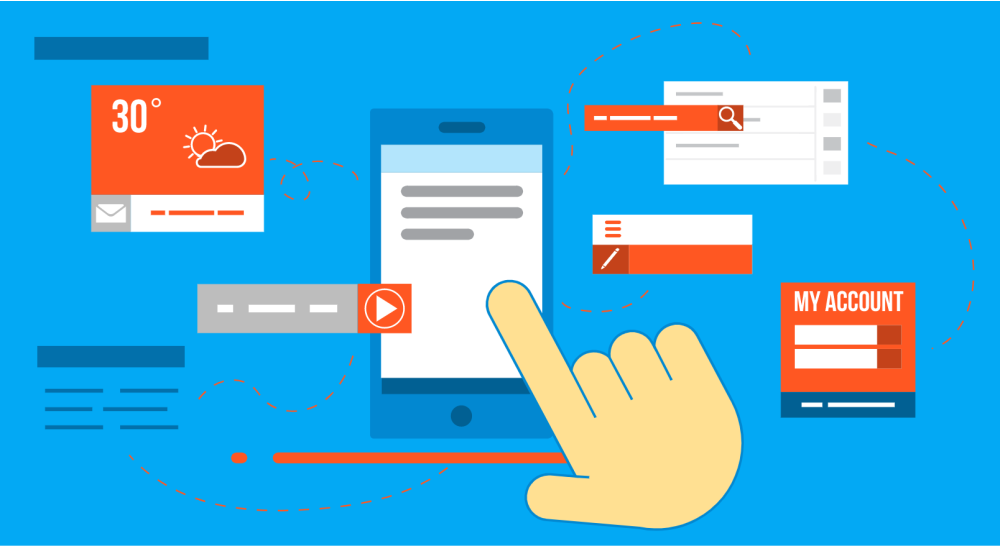
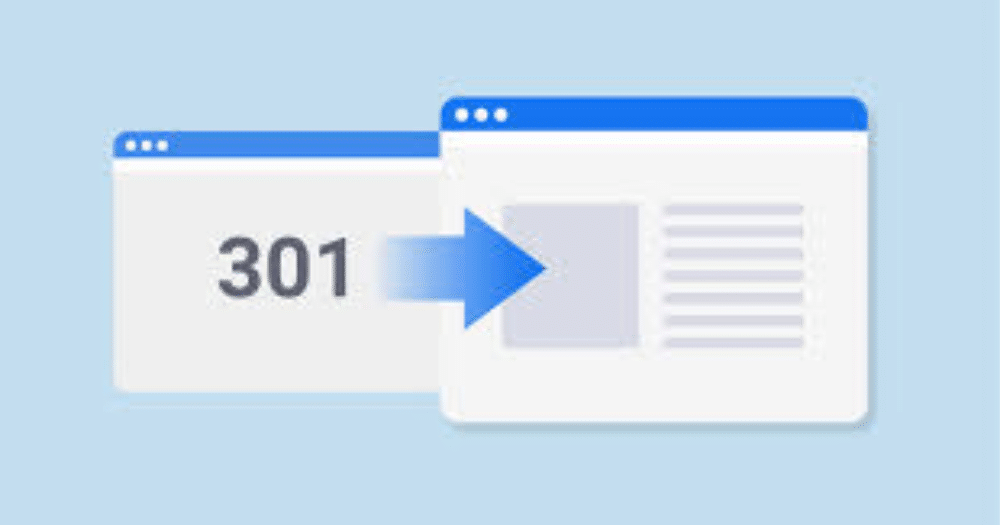

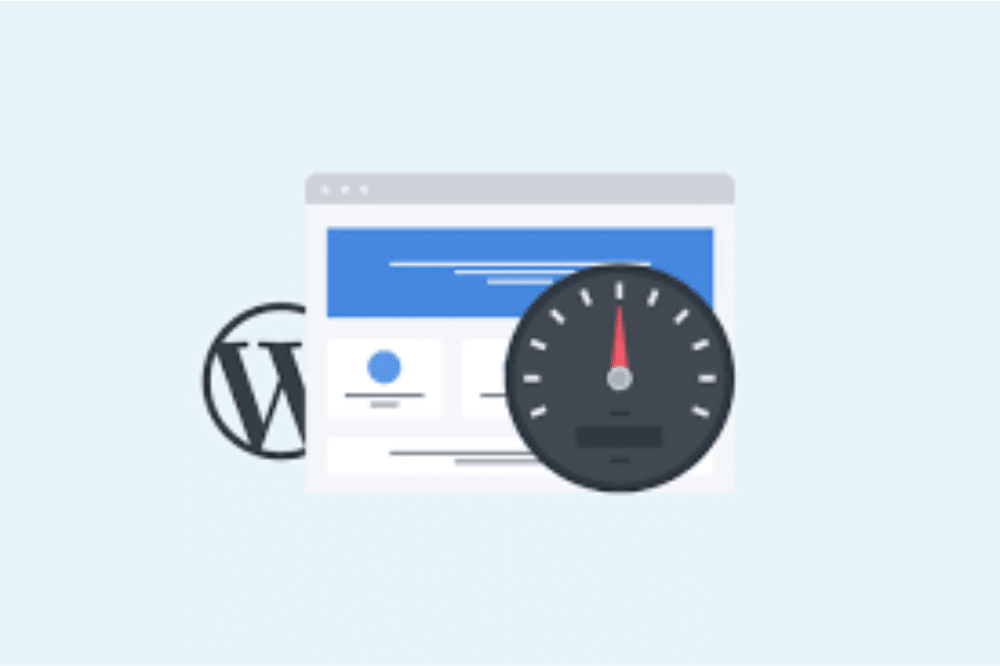
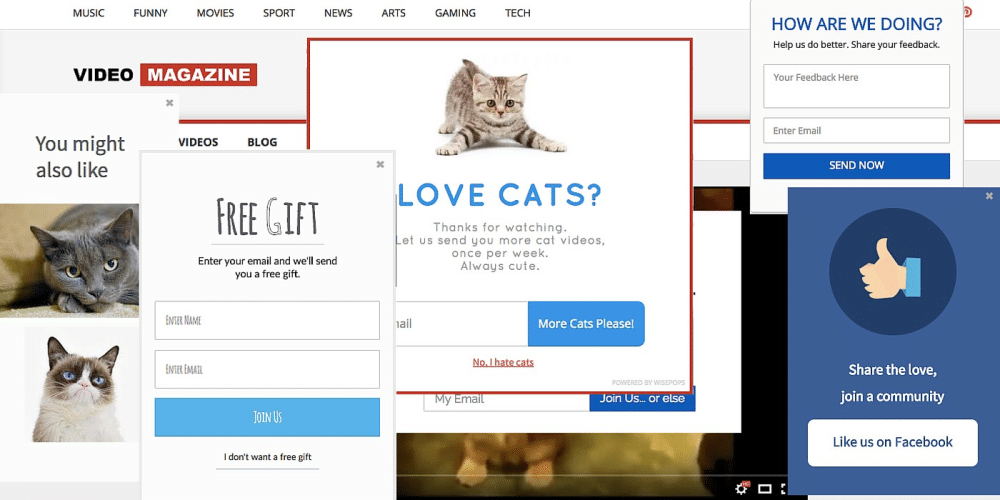
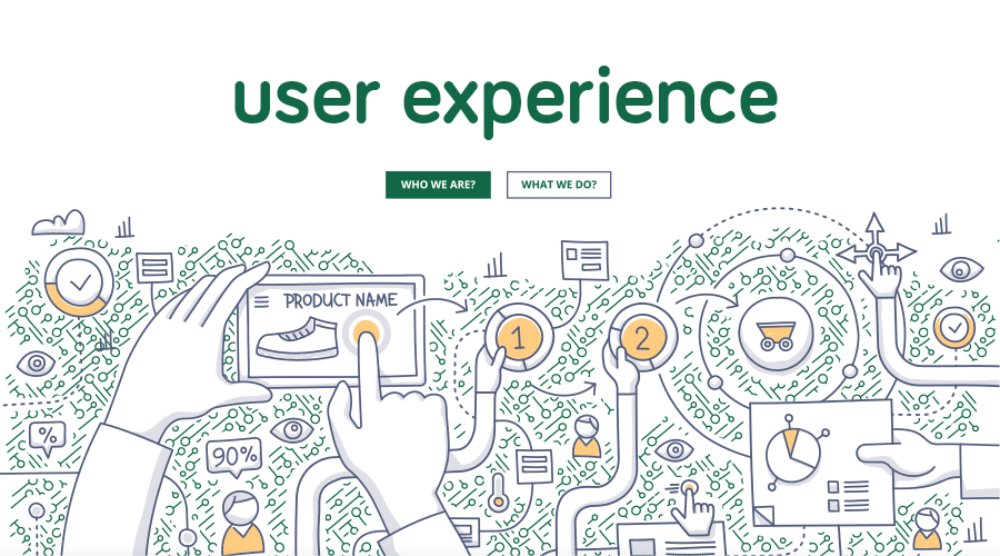

No comments:
Post a Comment